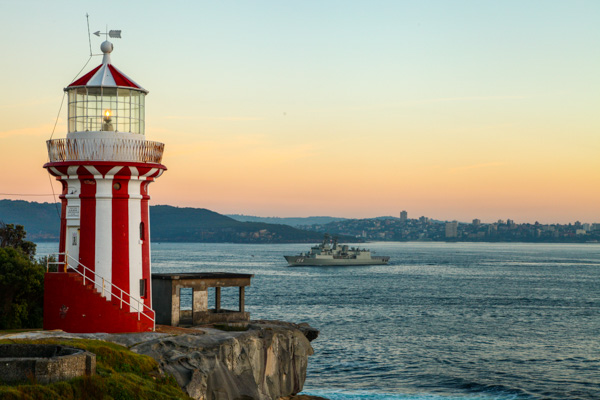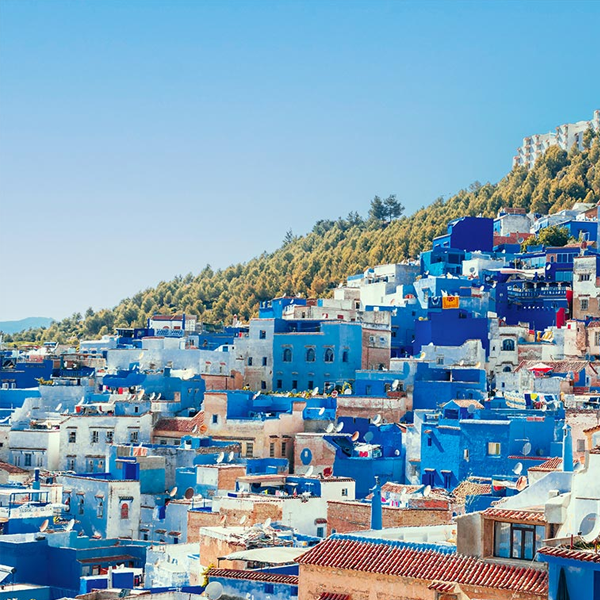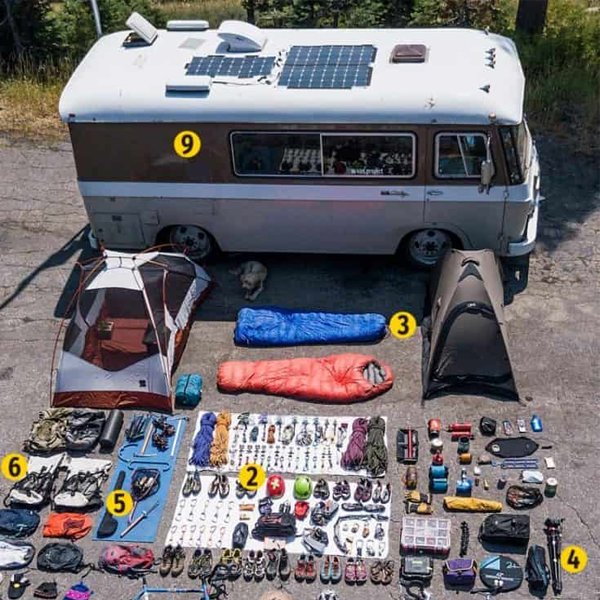An accidental railroad journey through Hungarian and Slovakian Villages
Europe is known for its efficient trains, elaborate public transit systems, and non-existent national borders.
These perks of travelling in Europe often come with exorbitant prices and unexpected costs.
But, I got lucky and so could you.
The phase of my central Europe tour was planned in Bratislava, Slovakia.
I missed my bus due to laziness.
Being clueless about what to do, I picked up the map and started to jot down possibilities on how I can travel at a budget.
Budapest to Bratislava was a question of research with endless options and many overwhelming routes.
Some reviewers from the travel community had previously covered this stretch through the border crossing between the twin towns of Komarno and Komarom.
I decided to take this route since it was on an off beaten.
Moreover, it was convincing to cross the border by foot and explore small countryside towns.
My entire itinerary looks something like this:
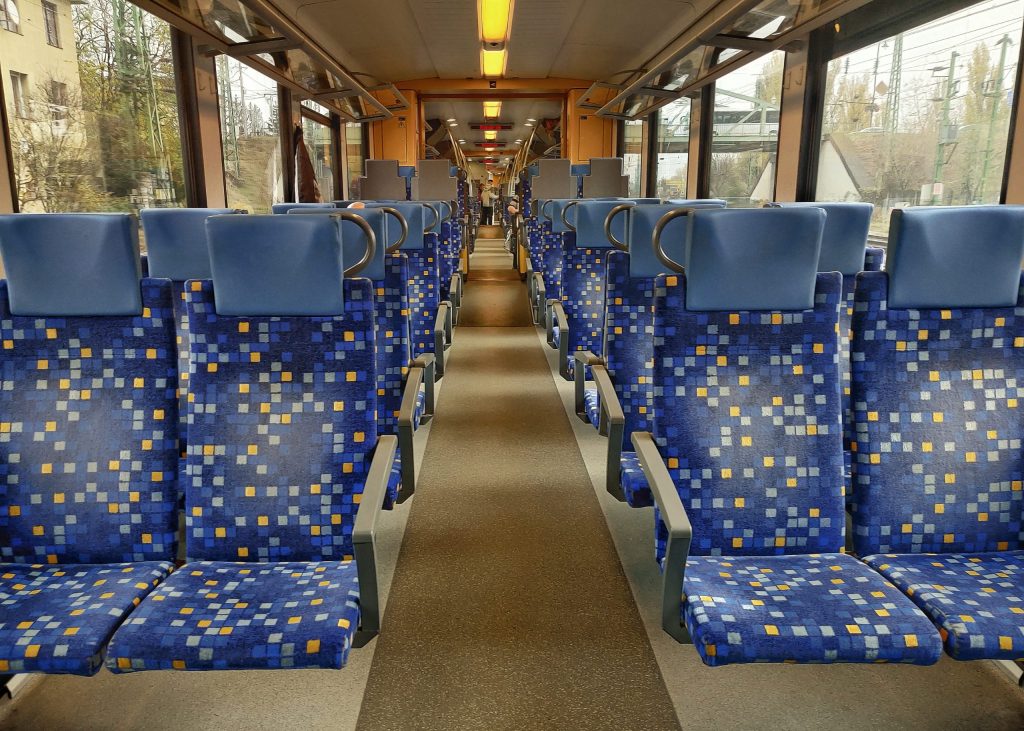
Budapest to Bratislava train- First Leg
Online travel applications do not show trains from Hungarian railways plying.
Even the most popular apps mostly show private rail companies, which are more expensive.
Therefore it is best to enquire at the railway stations.
I was informed about a train from Budapest to Komarom from the Deli railway station in Budapest.
It was effortless to print the tickets using the machine. Being a student, I was entitled to a special fare of only 800 Hungarian Forints.
I was surprised by the quality of trains after spending significant time on filthy Hungarian railway stations.
The interiors were posh with cushioned seating.
The train journey lasted for about 90 minutes, where much of the Hungarian countryside, the Danube River, and the industries was revealed.
The journey ended in the border town of Komarom.
Komarom- Hungarian border town
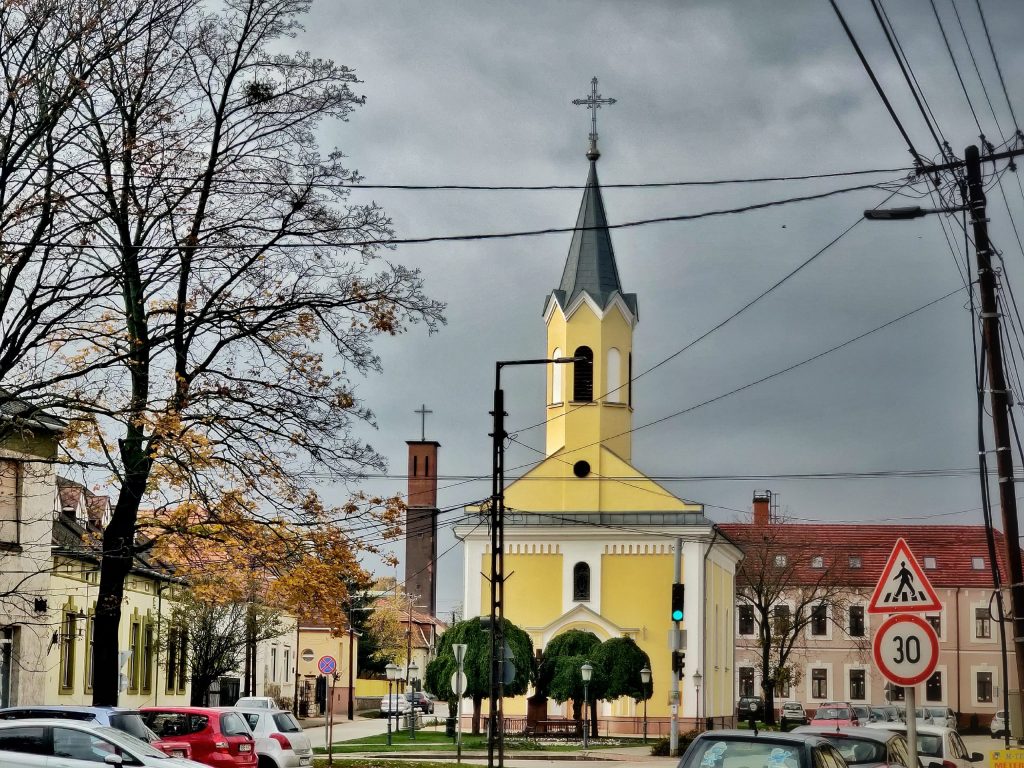
After the Komarom Budapest train, it wouldn’t have been satisfied without exploring this town.
There is only a dirt path linking the main settlement to the railway station, hence be prepared to have your shoes dirty.
Komarom is quarter the size of a typical Disney land, housing two churches, some low storeyed apartments, and necessary shops.
For most of my time here, the place is void of any person.
The main church was locked, the shops were dimly lit, and the only sounds I could hear were the birds and the rustling of autumn leaves.
Nonetheless, I still felt positively motivated to sit by the church in peace and tranquillity.
It was a fresh escape from Budapest’s polluted air. Right on the opposite bank of the river Danube, lies the much more prominent town of Komarno.
The river acts as the border between Hungary and Slovakia. It was time to cross the bridge over the surreal waters of Danube.
Komarno- Slovak border town
Yaay! I am in Slovakia.
It is a much unheard country which is less frequented by tourists. But, let me tell you that the best offbeat vacations can be taken in this country.
I am writing this blog in the Slovakian capital Bratislava.
Sneak peek: the vibe here is more than just stunning. Back to Komarno.
I can feel the ambient differences as soon as I crossed the border.
There were more inhabitation, more people and more vehicles. The currency was wholly different, and I could hear a new language.
I was diverted to the city centre by the informational signs at every major intersection.
Komarno’s centre can be identified as a bizarre promenade running along a chain of high-end luxurious shops, finally merging into a square showing with some restaurants and government buildings.
But, the city centre receives a low volume of tourists, and one can only spot locals who are either employed or are in a hurry to grab a cheap meal.
But, at the same time, I feel this is what makes Komarno different from other towns and cities.
Komarno also features an architectural exhibit of varying building designs found across Europe, making its centre somewhat unique and exciting.
Nonetheless, this was worth a half-day trip, moreover something different than what most travellers do, i.e., visit the Slovak capital, Bratislava.
Budapest to Bratislava train- Second Leg
The second leg of my journey involved a train journey from Komarno to Bratislava.
I was deeply immersed in the city centre and its exhibits that I forgot that I had another train to catch.
Finding the railway station
The railway station is located on the other side of the town, and it was a long walk. I couldn’t reach without bumping into strangers, pleading for directions.
Their mastery in the Slovak, which is one of the most difficult languages, justified the broken English.
The biggest surprise for me awaited at the ticket counter, where the lady confidently said, “Student, No money free.”
Yes, these were her exact words. Practically, I was travelling between two national capitals in less than 3 euros.
Being a student has its perks, and you do not realise that until you experience it.
The entire rail journey
Soon I boarded the train, a two bogey vehicle that resembled a tram more than the train.
Small compartment and cramped seating arrangements.
I could quickly understand varying the economic disparity between Slovakia and its immediate neighbor Hungary just from the aesthetics of the national railways.
But who am I to complain, I was travelling for free!
The total journey was supposed to last 100 minutes.
Still, the driver made sure to stop at each village beyond scheduled times, and finally, it took more than 2 hours to complete this journey.
The train crawled past small Slovak Villages, some of which were non-existent.
It often seemed that some railway stations were just a few hundred meters apart. Some villages didn’t have proper platforms, and people disembarked on bare grasslands.
This is the beauty of travelling. One gets to see different lifestyles, cultures, and systems. No tour guide will ever tell you these obscure facts.
BRATISLAVA
I reached Bratislava at 5 pm, after the sunset.
Yes, it gets dark very soon, especially after the activation daylight savings time recently.
Bratislava has its cultural beauty, much different from other Central Europe capitals.
My offbeat trip from Budapest to Bratislava was a unique adventure, a successful one.


